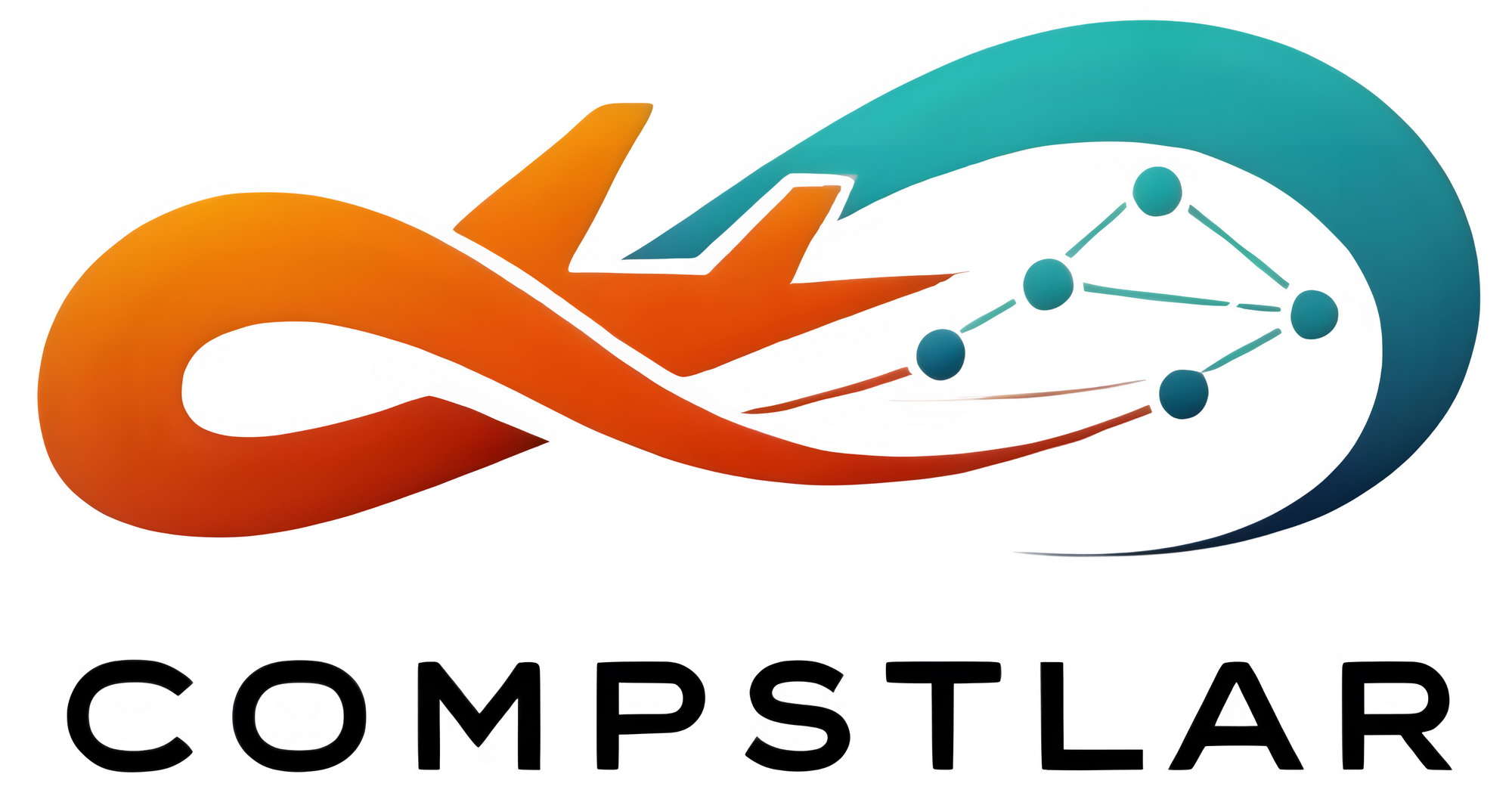Motivations & Objectives
- Climate Neutrality: Reducing greenhouse gas emissions in line with the European Green Deal and Flightpath 2050.
- Digitalisation: Enhancing productivity, traceability, and collaboration through digital tools, data pipelines, and automation.
- Circular Economy: Minimising waste and recovering resources at end-of-life, especially for complex materials like composites.
- Next-Generation Aircraft: Adapting production to support novel configurations, such as electric and hydrogen-powered aircraft, requiring lighter, more efficient structures.
Core Objectives
Zero-Defect Manufacturing
CompSTLar advances the industrialisation of thermoplastic composite aerostructures by developing manufacturing processes that ensure high-volume, defect-free production. The project focuses on in-situ consolidated automated tape laying (ISC-ATL), an innovative process that reduces the need for post-processing while enhancing structural integrity. Integrated in-line inspection technologies ensure real-time quality control during manufacturing. This objective supports the production of lighter, safer, and more cost-efficient components critical to future aircraft designs, while contributing to increased automation and production speed.
Digital Twin-Driven Maintenance
To maximise operational efficiency and aircraft lifespan, CompSTLar establishes a digital twin-based framework for Structural Health Monitoring and Assessment (SHM&A). This system combines sensor data, digital simulations, and machine learning models to continuously monitor the structural integrity of composite parts throughout their lifecycle. Predictive maintenance strategies enable timely interventions, reducing downtime and repair costs. This holistic lifecycle approach not only improves safety and reliability but also supports sustainable maintenance practices by avoiding unnecessary inspections and replacements.
Sustainable Repair and Recycling
CompSTLar addresses sustainability across the entire lifecycle of composite structures, including repair and end-of-life strategies. The project designs digitally assisted, non-invasive repair processes tailored to the specific properties of thermoplastic composites. Additionally, it develops circular economy strategies for recycling materials from multi-material (M&M) thermoplastic composite (TPC) structures, enabling their reintegration into high-performance manufacturing. These strategies ensure resource efficiency, reduce environmental impact, and support European goals for climate neutrality and industrial resilience.
Cross-value chain interoperability
To develop a modular digital pipeline that implements and improves continuous data flow throughout the aircraft supply chain, CompSTLar builds a digital infrastructure that enhances collaboration and interoperability across design, manufacturing, maintenance, and recycling processes.
Enabling Future Aircraft Configurations
By delivering scalable and sustainable solutions for advanced composite aerostructures, CompSTLar supports the development of next-generation aircraft designed for alternative propulsion systems, including hybrid-electric and hydrogen-based technologies. Through early-stage compatibility with these emerging configurations, CompSTLar ensures the aviation industry can meet increasingly strict global environmental regulations and passenger demand growth.
